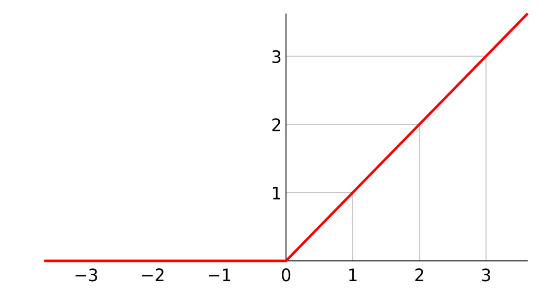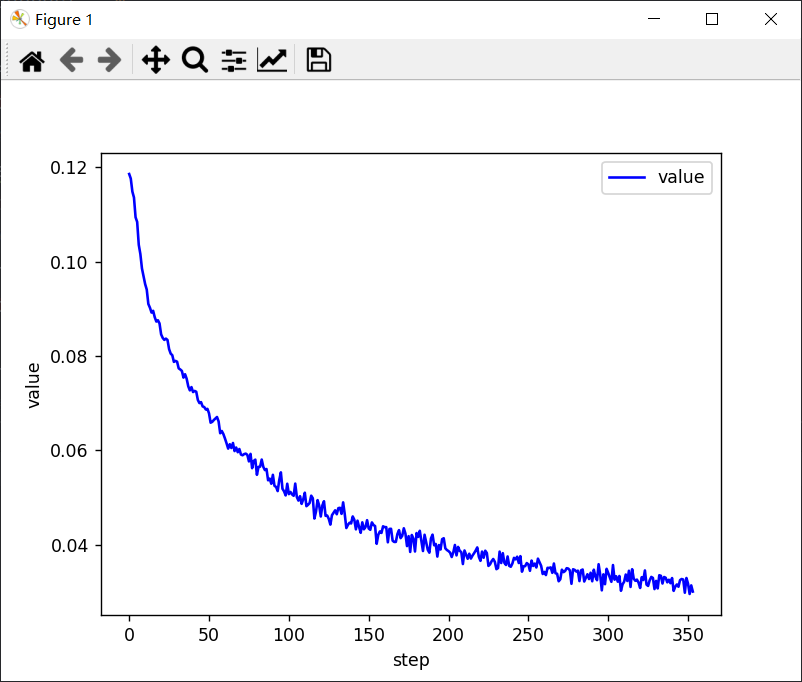1
2
3
4
5
6
7
8
9
10
11
12
13
14
15
16
17
18
19
20
21
22
23
24
25
26
27
28
29
30
31
32
33
34
35
36
37
38
39
40
41
42
43
44
45
46
47
48
49
50
51
52
53
54
55
56
57
58
59
60
61
62
63
64
65
66
67
68
69
70
71
72
73
74
75
76
77
78
79
80
81
82
83
84
85
86
87
88
89
90
91
92
93
94
95
96
97
98
99
100
101
102
|
import torch
from torch import nn
from torch.nn import functional as F
from torch import optim
import torchvision
from torchvision import transforms
import matplotlib.pyplot as plt
from import_file.utils import plot_image, plot_curve, one_hot
batch_size = 512
tf_compose_1 = transforms.Compose([transforms.ToTensor(), transforms.Normalize((0.1307,), (0.3081,))])
train_loader = torch.utils.data.DataLoader(
torchvision.datasets.MNIST('./data', train=True, download=True,
transform=torchvision.transforms.Compose([
torchvision.transforms.ToTensor(),
torchvision.transforms.Normalize(
(0.1307,), (0.3081,))
])),
batch_size=batch_size, shuffle=True)
test_loader = torch.utils.data.DataLoader(
torchvision.datasets.MNIST('./data', train=False, download=True,
transform=torchvision.transforms.Compose([
torchvision.transforms.ToTensor(),
torchvision.transforms.Normalize(
(0.1307,), (0.3081,))
])),
batch_size=batch_size, shuffle=False)
x, y = next(iter(train_loader))
print(x.shape, y.shape, x.min(), x.max())
class Net(nn.Module):
def __init__(self):
super(Net, self).__init__()
self.fc1 = nn.Linear(28 * 28, 256)
self.fc2 = nn.Linear(256, 64)
self.fc3 = nn.Linear(64, 10)
def forward(self, x):
h1 = F.relu(self.fc1(x))
h2 = F.relu(self.fc2(h1))
h3 = self.fc3(h2)
return h3
net = Net()
optimizer = optim.SGD(net.parameters(), lr=0.01, momentum=0.9 )
train_loss = []
for epoch in range(3):
for batch_idx, (x, y) in enumerate(train_loader):
x = x.view(x.size(0), 28*28)
out = net(x)
y_onehot = one_hot(y)
loss = F.mse_loss(out, y_onehot)
train_loss.append(loss.item())
optimizer.zero_grad()
loss.backward()
optimizer.step()
if batch_idx % 10 == 0:
print(epoch, batch_idx, loss.item())
plot_curve(train_loss)
total_correct = 0
for x, y in test_loader:
x = x.view(x.size(0), 28*28)
out = net(x)
pred = out.argmax(dim=1)
correct = pred.eq(y).sum().float().item()
total_correct += correct
total_num = len(test_loader.dataset)
acc = total_correct / total_num
print("准确率:", acc)
x, y = next(iter(test_loader))
out = net(x.view(x.size(0), 28*28))
pred = out.argmax(dim=1)
plot_image(x, pred, 'test')
准确率: 0.8895
|








